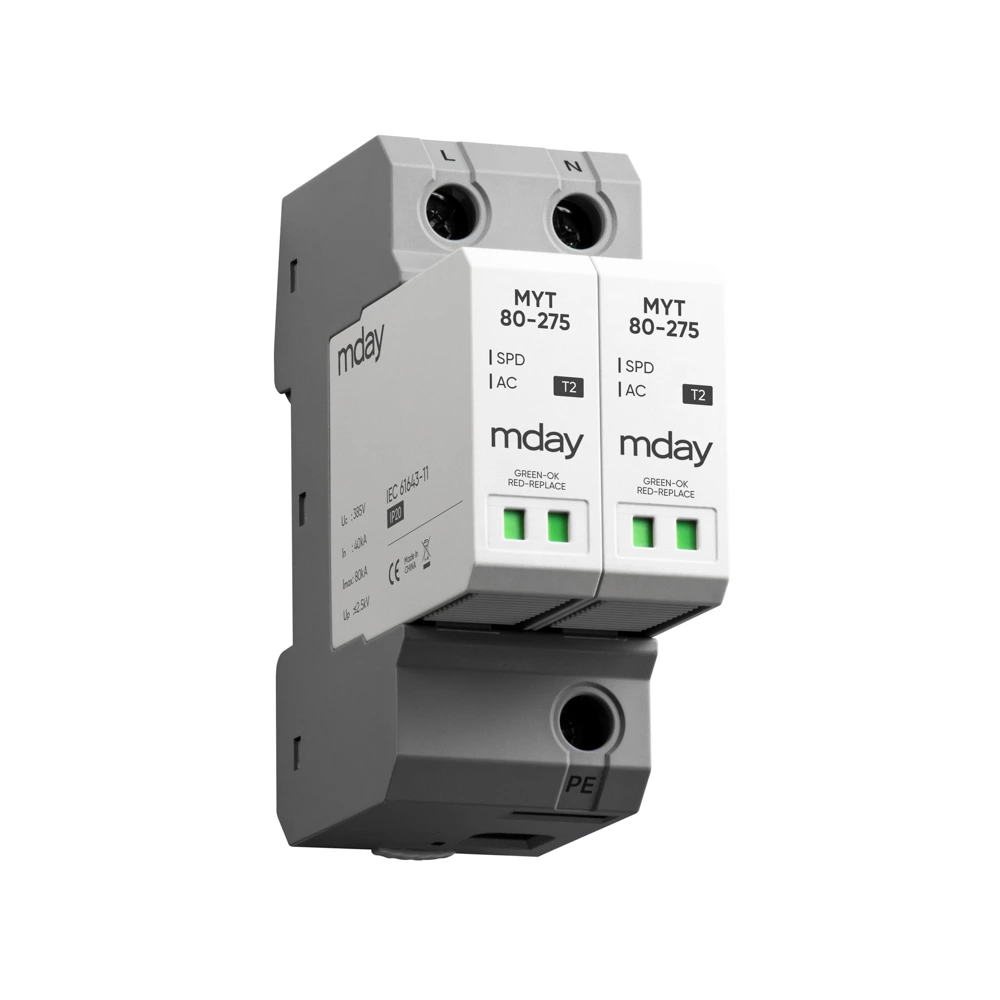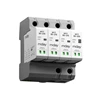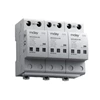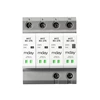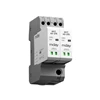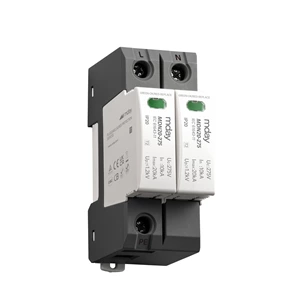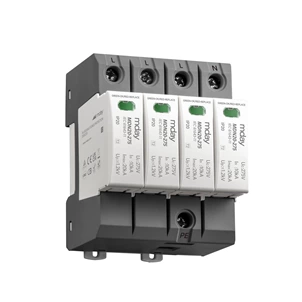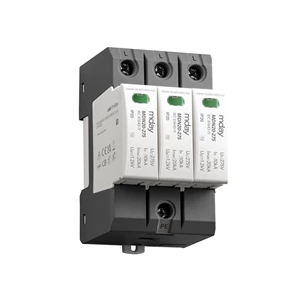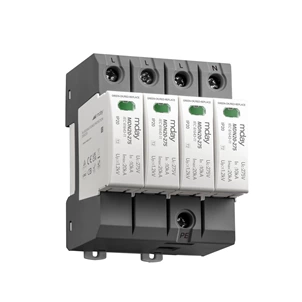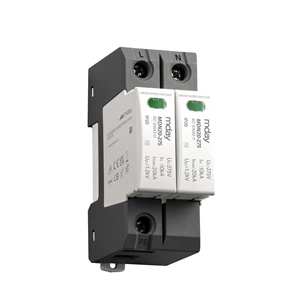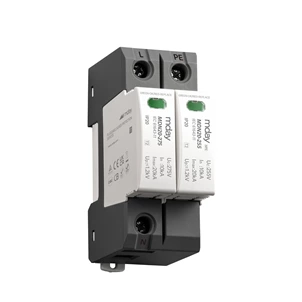Offline Design Of Surge Protector
Developing an accurate and rational grounding system surge protective device that effectively prevents lightning strikes, provides safety, reduces construction costs, and eliminates lightning strikes from the power system is a challenge. High-voltage overhead lines generally consist of high-voltage transmission lines, lightning rods, arresters, and steel towers. The surge protector scheme focuses on direct grounding for the most common direct lightning strikes.
Transmission towers are not fixed in position, and due to their height, they are highly susceptible to lightning strikes and difficult to repair. The wiring within the tracks primarily includes lightning protection cables, and all high-voltage transmission lines are equipped with lightning protection cables. According to power system design standards, lightning rod conductors can use steel towers as conductors, and the towers must be well grounded to ensure a good electrical connection between the conductor and the tower to prevent corrosion. The towers are connected to the grounding point via square wires. This method can also be used for the surge protection device leads of each phase line, but care must be taken to ensure accurate and scientific lead connections and good electrical contact at all connection points. Generally, copper leads are predominant, with a cross-sectional area of 35-95mm².
